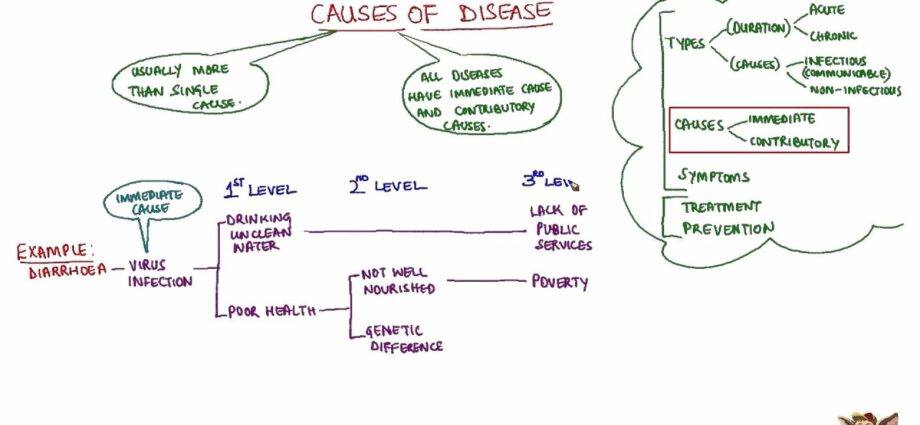The causes of diseases
The identification of the causes of diseases (etiology) consists in discovering, with the help of examinations, observation and study of the patient’s “field”, which imbalances are at the origin of the diseases. Most of the time, we try to circumscribe the causes by qualifying the types of imbalances (Vacuum, Excess, Stagnation, Cold, Heat, Wind, etc.), and by determining which viscera or which functions they mainly affect.
For example, we will say that a person with a cold is the victim of a Wind, because this attack often occurs during climate change accompanied by wind or by exposure to a draft. The Wind also symbolizes the power of the air which carries a pathogenic factor and makes it penetrate. We will then speak of external wind. We will also say of a person who suffers from random tremors, that he suffers from an internal wind because his symptoms have the appearance of what the wind causes: squalls, trembling leaves, etc. The wind is therefore an image which serves as a concrete and analogical point of departure to designate a specific set of pathological symptoms, and which serves to classify them in a category or to associate them with a clinical portrait. These images can be refined more and more: we will speak of an external or internal Wind, of a direct attack of Wind, of a Wind-Heat which attacks the Lung or of a Wind-Humidity which penetrates into a Meridian. , each expression designating very precise realities.
Of course, when we say that a disease is caused by a Liver Fire, it does not mean that the liver is physically warmer, but that it is overly active, that it takes up too much space, that it ” overheating ”. And when TCM identifies a cause as being an internal cold, it is because the symptoms are similar to those which would be caused by a real cold which would have entered the body (slowing down, thickening, congestion, solidification, etc.) .
From cause to solution
Among other things, identifying the causes of disease helps determine the most appropriate interventions. For example, if the TCM concludes that the cause of a disease is a Wind-Cold located in the Lung, this will allow to choose treatments that will help to disperse the Wind and bring more Qi to the Lung (to fight against the Cold) , which ultimately will bring healing. It also gives the chance to the patient, knowing the origin of his disease or his imbalance, to make the necessary changes in his lifestyle to avoid relapse and to prevent other health problems.
This approach is very different from the Western medical approach, which considers, for example, that the cause of sinusitis is the presence of a pathogenic bacteria; it will therefore use an antibiotic (or a natural product such as eucalyptus) to attack and destroy the bacteria in question. TCM considers rather that the cause of the disease is, for example, a Wind-Cold in the Lung or a Fire of the Liver, that is to say a weakness of the system, a momentary vulnerability having allowed, in these particular circumstances, disease to set in (whether by leaving the field open to bacteria or otherwise). TCM will therefore seek to strengthen the immune system and the whole body so that it regains the strength to get rid of sinusitis itself (and bacteria that it had not had the ability to fight previously).
TCM divides the causes of diseases into three categories: external, internal and others. Each is presented in more detail in the following levels.
- External causes (WaiYin) are linked to climatic factors such as Heat, Drought, Humidity, Wind, etc.
- Internal causes (NeiYin) mainly come from an imbalance of emotions.
- The other causes (Bu Nei Bu WaiYin) are trauma, poor diet, overwork, weak constitution and sexual excess.










